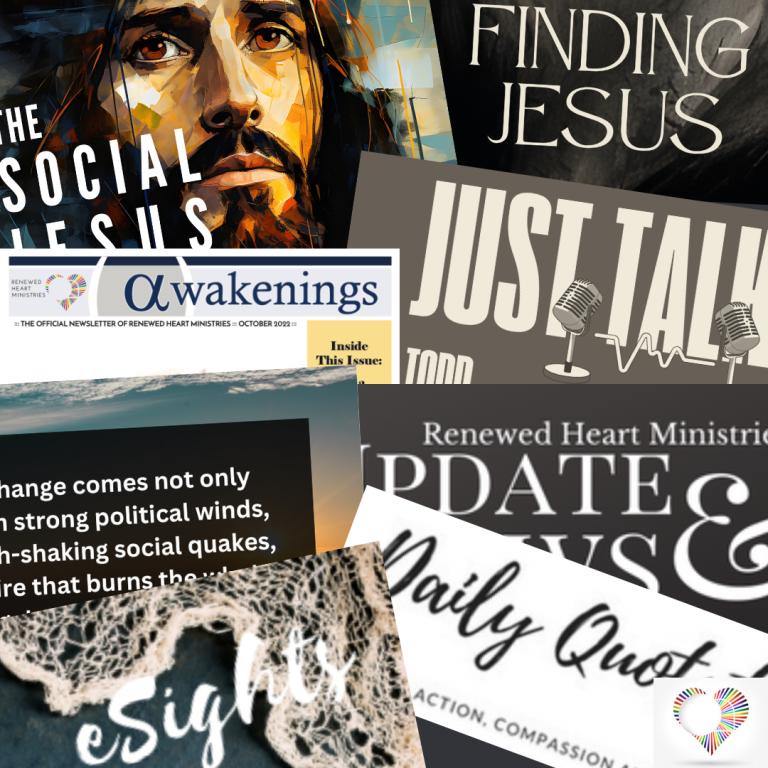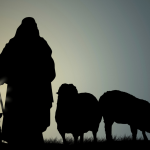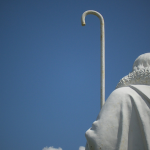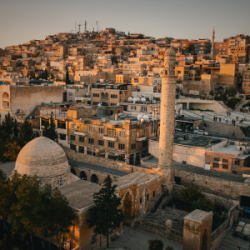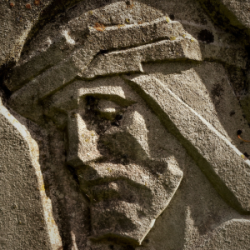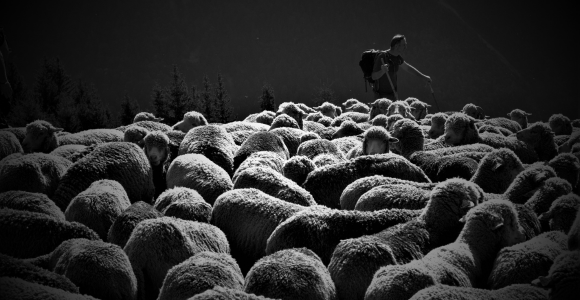
What I appreciate about John’s use is the connection Jesus makes to life and life in its fullest expression. “I have come that they may have life, and have it to the full.” St. Irenaeus, a great second-century theologian, is noted for the phrase, “The glory of God is a human being fully alive!” The late Gustavo Gutiérrez is also remembered for connecting injustice and poverty with death. In his teachings on the gospel’s preferential option for the poor, Gutiérrez often referred to poverty as an early and unjust death. He reportedly said, “To be poor is to be familiar with death. It is very easy to see these things when we are working with poor persons. They speak with familiarity about death, the deaths of children or other persons because it is so frequent. Certainly, death is one aspect of human life, but I am speaking of early and unjust death. Poverty means physical death due to hunger, diseases and other factors. The poor are familiar with these other aspects of death.”
Welcome Readers! Please subscribe to Social Jesus Here.
This is Part 2 of A Shepherd Restoring Paradise
(Read this series from its beginning here.)
In fact, the economic injustice of poverty is not alone in its connection to death. All injustice falls somewhere on death’s spectrum. To say that Jesus came to show us the path of life so that we might have life and have it to the full also must mean that this same path points toward the way of love and justice.
I appreciate John’s use of the shepherd imagery in connection with Jesus. Where John’s gospel’s uses the shepherd imagery in a more mystical way, with Jesus leading us into knowledge of the way (gnosis), the synoptics’ use of this imagery is more tangible and tied to how this imagery was used in the Hebrew prophetic justice tradition. In Ezekiel for example, this imagery is used to critique those in positions of power who should have taken care of those they were responsible for. Instead, these same leaders were “slaughtering the flock” for their own consumption.
“Son of man, prophesy against the shepherds of Israel; prophesy and say to them: ‘This is what the Sovereign LORD says: Woe to you shepherds of Israel who only take care of yourselves! Should not shepherds take care of the flock? You eat the curds, clothe yourselves with the wool and slaughter the choice animals, but you do not take care of the flock. You have not strengthened the weak or healed the sick or bound up the injured. You have not brought back the strays or searched for the lost. You have ruled them harshly and brutally. So they were scattered because there was no shepherd, and when they were scattered they became food for all the wild animals. My sheep wandered over all the mountains and on every high hill. They were scattered over the whole earth, and no one searched or looked for them.” (Ezekiel 34:2-6)
The good shepherd imagery in the synoptic gospels is referencing this imagery in the Hebrew prophetic justice tradition. But there’s another layer here. We’ll consider this, next. (Read Part 3)
Are you receiving all of RHM’s free resources each week?
Begin each day being inspired toward love, compassion, justice and action. Free.
Sign up at HERE.
